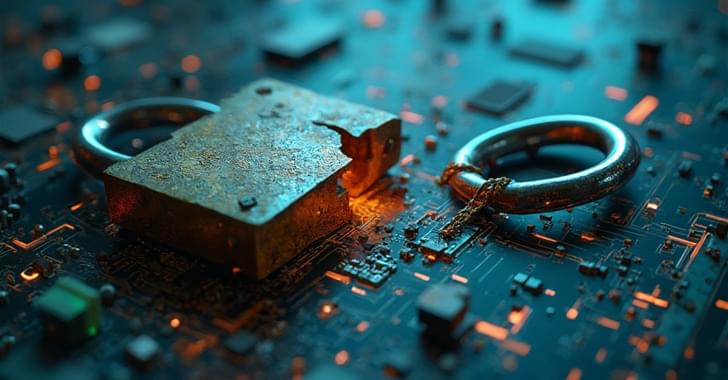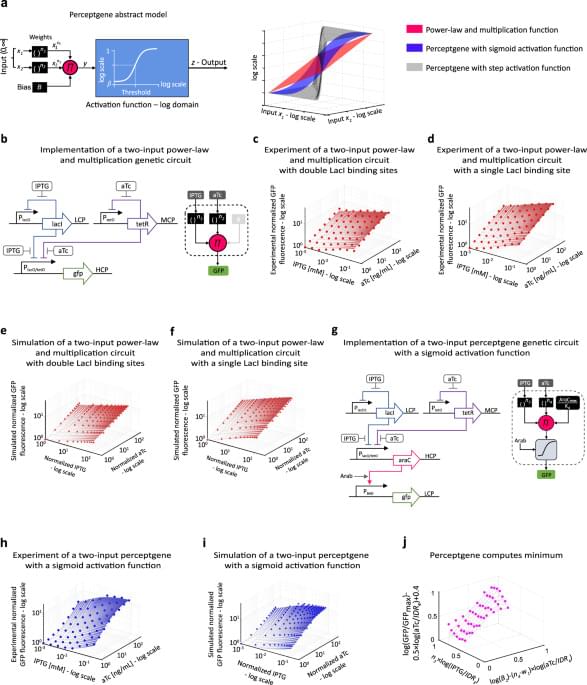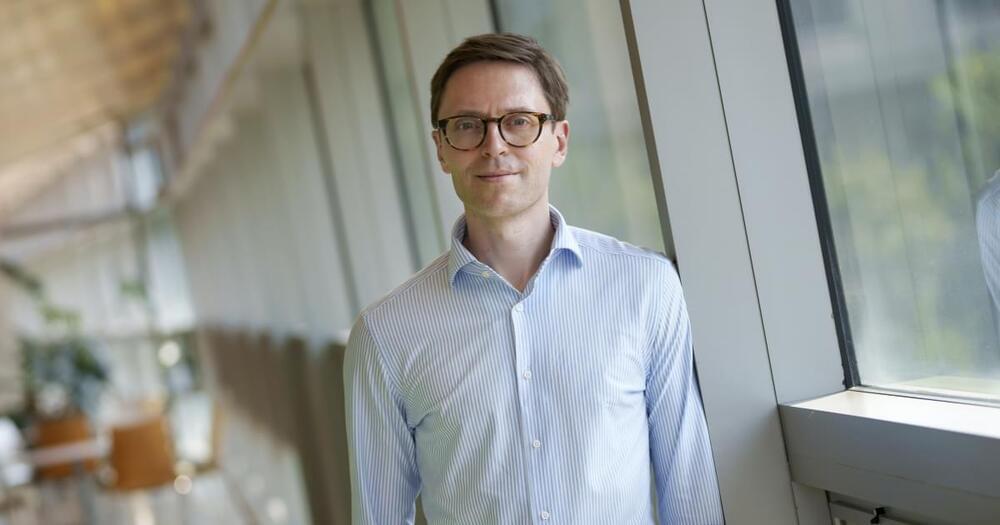Severe vulnerabilities in Microchip ASF and MediaTek Wi-Fi chipsets expose IoT devices to remote code execution risks. No fix for CVE-2024–7490.



HARRISBURG, Pa. — The owner of the shuttered Three Mile Island nuclear power plant said Friday that it plans to restart the reactor under a 20-year agreement that calls for tech giant Microsoft to buy the power to supply its data centers with carbon-free energy.
The announcement by Constellation Energy comes five years after its then-parent company, Exelon, shut down the plant, saying it was losing money and that Pennsylvania lawmakers had refused to bail it out.
The plan to restart Three Mile Island’s Unit 1 comes amid something of a renaissance for nuclear power, as policymakers are increasingly looking to it to bail out a fraying electric power supply, help avoid the worst effects of climate change and meet rising power demand driven by data centers.

A research team led by Prof. Ye Hong from the University of Science and Technology of China has developed an alumina ceramic bionic wick with finger-like pores inspired by the stomatal array of natural leaves. Their research is published in Langmuir.
As the performance of electronic chips continues to improve, their power consumption also increases, posing new challenges for cooling strategies. Loop heat pipes (LHPs) are a compelling cooling solution due to their high heat transfer capability, antigravity heat transfer, and absence of moving parts.
However, the differing requirements for flow resistance and capillary force make designing the pore structure of the capillary wick within an LHP challenging. Specifically, larger pores are needed for gaseous working fluids to reduce flow resistance, while smaller pores are necessary to provide sufficient capillary force for liquid suction.
A summary of an argumentative paper by Litt, Eliasmith, Kroon, Weinstein and Thagard.

Last month, a team from North Carolina State University and Johns Hopkins University found a workaround. They embedded DNA molecules, encoding multiple images, into a branched gel-like structure resembling a brain cell.
Dubbed “dendricolloids,” the structures stored DNA files far better than those freeze-dried alone. DNA within dendricolloids can be repeatedly dried and rehydrated over roughly 170 times without damaging stored data. According to one estimate, each DNA strand could last over two million years at normal freezer temperatures.
Unlike previous DNA computers, the data can be erased and replaced like memory on classical computers to solve multiple problems—including a simple chess game and sudoku.

Researchers from Japan and the Michigan Technological University have succeeded in building a molecular computer that, more than any previous project of its kind, can replicate the inner mechanisms of the human brain, repairing itself and mimicking the massive parallelism that allows our brains to process information like no silicon-based computer can.
A relatively new technology, molecular electronics is an interdisciplinary pursuit that may very well prove the long-term solution to validate Moore’s law well into the next century. A molecular computer is made of organic molecules instead of silicon. Chips built this way are not only potentially much smaller but also, because of the way they can be networked, able to do things that no other traditional computer, regardless of its speed, can do.
“Modern computers are quite fast, capable of executing trillions of instructions a second, but they can’t match the intelligent performance of our brain,” Michigan Tech physicist Ranjit Pati commented. “Our neurons only fire about a thousand times per second. But I can see you, recognize you, talk with you, and hear someone walking by in the hallway almost instantaneously, a Herculean task for even the fastest computer.”

Computational properties of neuronal networks have been applied to computing systems using simplified models comprising repeated connected nodes. Here the authors create layered assemblies of genetically encoded devices that perform non-binary logic computation and signal processing using combinatorial promoters and feedback regulation.

Molecular materials for computing progress intensively but the performance and reliability still lag behind. Here the authors assess the current state of computing with molecular-based materials and describe two issues as the basis of a new computing technology: continued exploration of molecular electronic properties and process development for on-chip integration.

Even those of us who aren’t physicists have an intuitive understanding of classical physics — we can predict what will happen when we throw a ball, use a salad spinner, or ease up on the gas pedal.
But atomic and subatomic particles don’t follow these ordinary rules of reality. “It turns out that at really small scales there are a different set of rules called quantum physics,” said Travis Nicholson. “These rules are bizarre and interesting.” (Think Schrodinger’s cat and Einstein’s “spooky action at a distance.”)
Nicholson is an assistant professor with joint appointments in Physics and Electrical and Computer Engineering. The physicist in him likes doing experiments to advance our knowledge of quantum mechanics; the engineer in him likes figuring out how to harness that knowledge to build quantum computers that will be vastly more powerful than today’s computers.